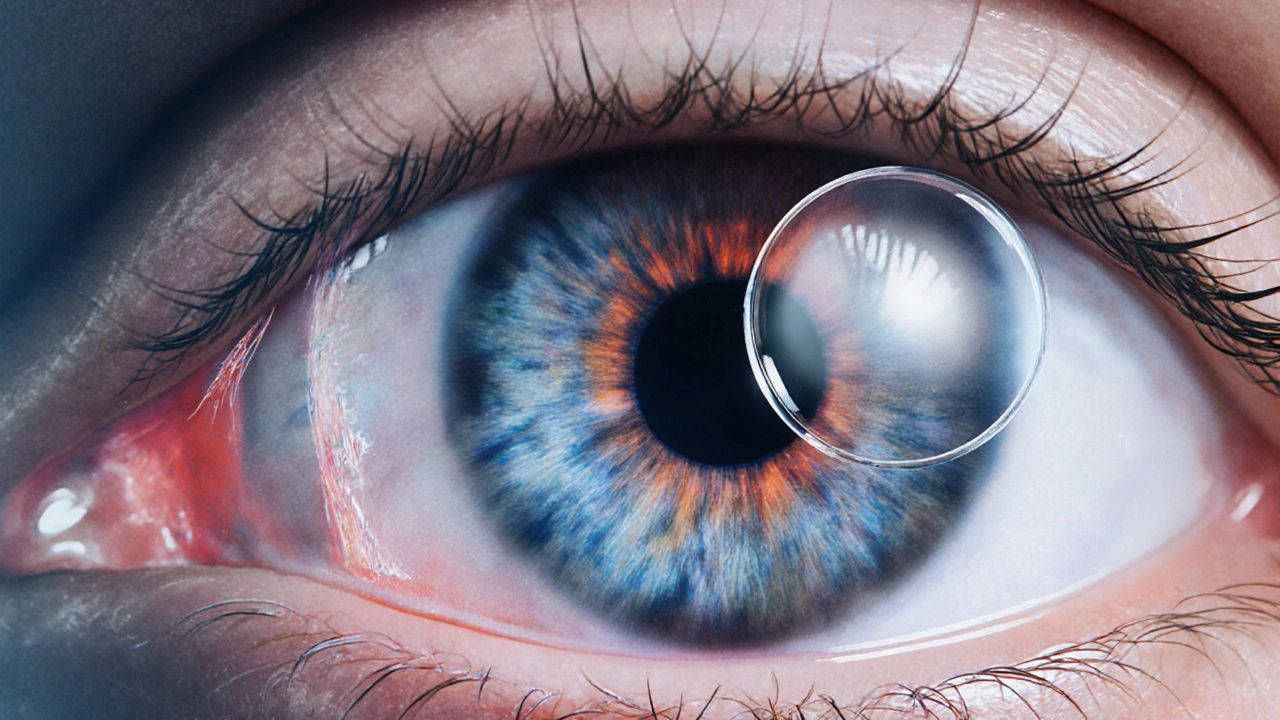When talking about intraocular pressure, the fluid pressure inside the eye that keeps its shape and supports ocular function. Also known as IOP, it’s measured with a quick test called tonometry, which gently taps or blows air on the eye to gauge the pressure level. Too high an IOP can damage the optic nerve, leading to vision loss. That’s why doctors keep a close eye on it, especially for people at risk of glaucoma, a condition where pressure builds up and harms the nerve fibers.
High intraocular pressure is the biggest modifiable risk factor for glaucoma; the higher the pressure, the bigger the chance the optic nerve gets squeezed. Intraocular pressure therefore influences the onset and progression of glaucoma, making regular monitoring essential. Glaucoma itself demands an IOP‑lowering strategy—whether eye drops, laser treatment, or surgery—to stop further damage. Tonometry provides the numbers doctors need; a reading above 21 mmHg usually flags a problem and triggers a deeper work‑up. The link between IOP and optic nerve health is a classic cause‑effect chain: pressure rises, nerve fibers get stressed, vision starts to fade.
One of the most effective ways to bring pressure down is with medication that mimics prostaglandins, a class of compounds that increase fluid outflow from the eye. The leading drug in this group is bimatoprost, sold as Lumigan. Bimatoprost works by relaxing the eye’s drainage channels, allowing fluid to escape more easily and lowering the pressure. Because it’s applied once daily as an eye drop, it fits easily into most people’s routines. Studies show that patients using bimatoprost often see a 20‑30 % drop in IOP within a few weeks, making it a first‑line choice for many glaucoma specialists.
Beyond medication, lifestyle tweaks can make a difference. Regular aerobic exercise has been shown to lower IOP by a few millimeters of mercury, while staying hydrated and avoiding excessive caffeine help keep pressure stable. People with a family history of glaucoma or who are over 60 should get their eyes checked at least once a year; early detection through tonometry can catch pressure spikes before irreversible damage occurs. If you notice blurry spots, peripheral vision loss, or halos around lights, it’s a signal to schedule an eye exam right away.
In practice, managing intraocular pressure involves a mix of accurate measurement, appropriate medication, and ongoing monitoring. Doctors may start with bimatoprost or another prostaglandin analog, then adjust based on tonometry results and how well the optic nerve tolerates the pressure. Some patients need combination therapy—adding a beta‑blocker or carbonic anhydrase inhibitor to hit the target pressure. When drops aren’t enough, laser trabeculoplasty or surgical shunts become options to improve fluid outflow permanently. The goal is always the same: keep IOP within a safe range to protect vision for the long run.
The articles below dive deeper into each of these areas. You’ll find clear explanations of how tonometry works, side‑by‑side comparisons of bimatoprost versus other glaucoma drops, lifestyle tips for maintaining healthy eye pressure, and step‑by‑step guides for navigating online pharmacy options when you need to order medications safely. Whether you’re a patient trying to understand your condition or a caregiver looking for practical advice, the collection gives you the facts and tools to stay ahead of intraocular pressure challenges.
Posted by
Jenny Garner
10 Comments

Learn if glaucoma patients can safely wear contact lenses, how it affects eye pressure, essential care tips, and alternatives for maintaining clear vision.
read more